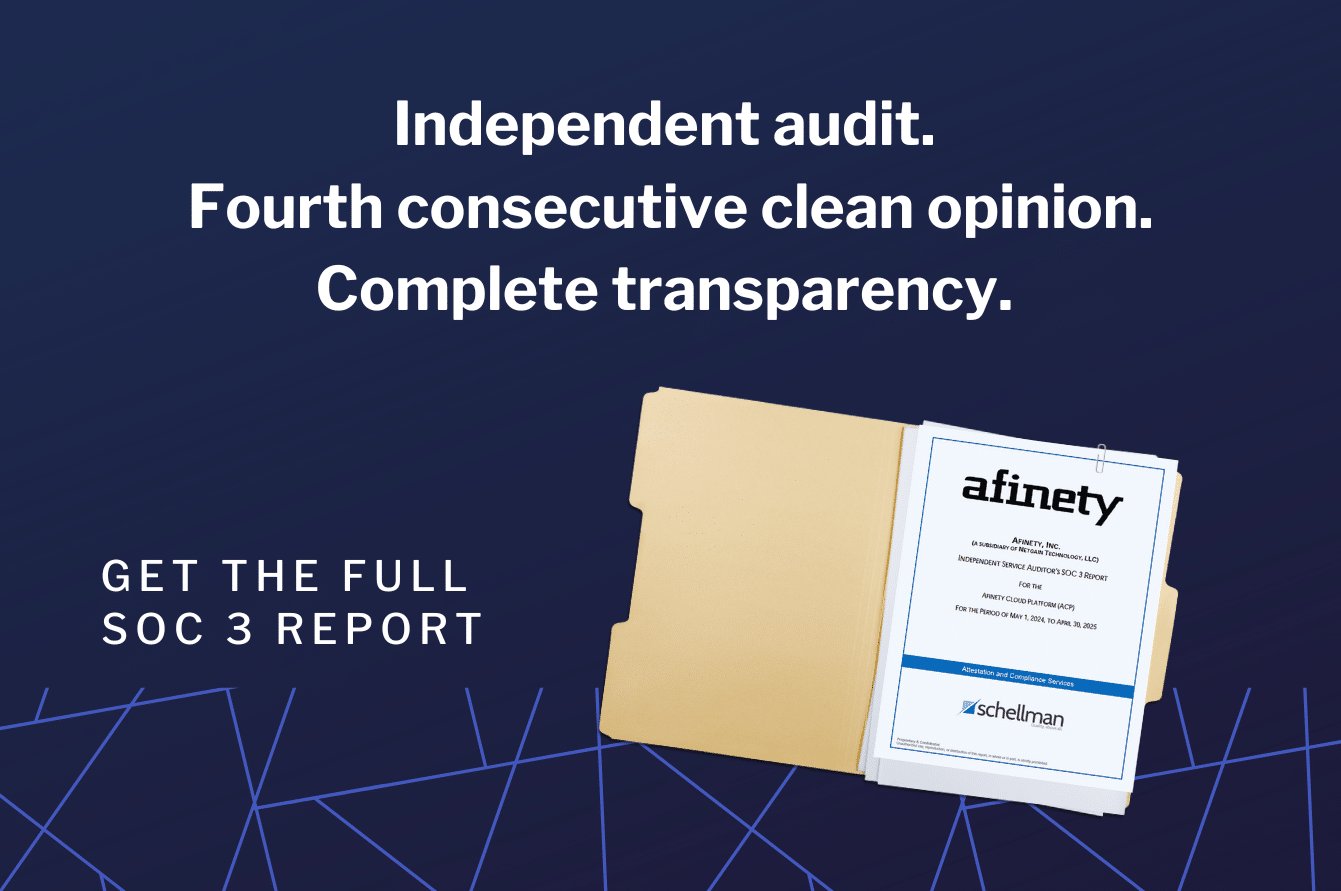Whether you’re managing e-discovery data, privileged communications or client billing systems, your firm’s ability to maintain confidentiality depends heavily on your IT provider. You need more than just verbal reassurances that your environment is secure—you need evidence. That’s where SOC 2 and SOC 3 reports come in.
SOC reports weren’t built for buzzwords. They were built for assurance.
SOC stands for System and Organization Controls, a set of reporting standards developed by the American Institute of Certified Public Accountants (AICPA). These reports were originally created for financial audits but have since become the gold standard for evaluating IT service providers — especially those handling sensitive or regulated data.
A SOC 2 report assesses how a provider manages controls related to security, availability, processing integrity, confidentiality and privacy — also known as the Trust Services Criteria. In the legal world, the first three — security, availability and confidentiality — are especially relevant, since they tie directly to your ethical obligation to protect client information and ensure access to systems during critical deadlines.
Not all SOC 2 reports are created equal
When a vendor says they’re “SOC 2 compliant,” the first question you should ask is: What kind of report?
- Type I is a snapshot. It confirms that certain controls were in place on a single day.
- Type II is far more rigorous. It evaluates whether those controls were consistently followed over a defined period — typically 12 months.
This difference matters. A one-day policy review won’t tell you if your provider is prepared to handle a breach during trial prep or keep systems running through a filing deadline. A Type II report gives you real-world assurance that the provider has consistently implemented these controls and is committed to staying secure.
SOC 3: The executive summary version
A SOC 3 report provides the same audit opinion in a condensed, publicly shareable format. It leaves out technical details but still includes the auditor’s signature and confirms that the provider met the standard. For law firms, it’s a helpful document to share with managing partners, insurance carriers or even corporate clients during the vendor-vetting process.
Why it matters in legal IT
The ABA’s Cybersecurity TechReport found that 29% of firms experienced a security breach in the past year. That number climbs in firms without full-time IT leadership — where outsourced IT partners play an even more critical role in preventing downtime and protecting client data.
At Afinety, our SOC 2 audit covers a full 12-month period. Our unqualified opinion (auditor-speak for a clean bill of health) for the period of May 1, 2024 through April 30, 2025 marks our fourth consecutive clean audit, affirming that our security, availability and confidentiality controls are designed and operating effectively.
It’s not just about compliance. It’s about accountability.
A SOC 2 Type II report demonstrates that a vendor doesn’t just say the right things — it shows they’re doing the right things, every day. It means:
- Logins and access are monitored and controlled
- Backups are tested regularly
- Incident response plans are documented, rehearsed and updated
- Client systems stay available and secure, even when no one’s watching
And when something does go wrong, there’s a tested process for responding — one that’s been audited.
How to put it to use
The next time a potential IT provider says they’re secure, ask for their most recent SOC 3 report. Look for:
- An unqualified opinion (again, this is a good thing)
- A full 12-month audit period
- Coverage that includes the services you’ll rely on (e.g., hosted desktops, managed security, document management platforms)
If they can’t provide one, or the scope is unclear, that’s a red flag.
Ready to review Afinety’s 2025 SOC 3? Download the report here.
That same commitment to layered, audited security led us to develop Nexus360 XDR™ — an extended detection and response platform that builds on these controls and brings together endpoint, cloud and network signals to strengthen how we detect and respond to threats. Learn how Nexus360 XDR can support your firm’s security goals.
